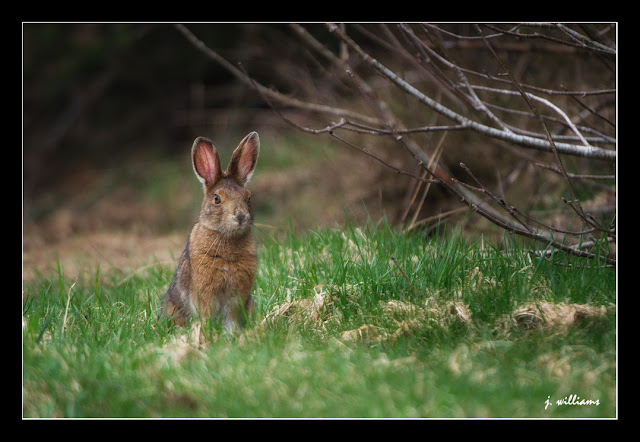Dear Mother,
Just a postal to let you know that we are leaving for France tonight at 9:30 PM. I am still well hoping this will find you the same at home. This is some photos I had so I send them home. It was no use to take them with me. The other one is pay day at the Race Course, Ayr. I can’t tell you where I am amongst them because he took us and we did not know he was taking us. Give my love to all my bro. (brothers) and little sister. Also my love to yourself and Father. Don’t worry mother, I will try to look out for myself. So, bye bye for this time, Mother.
From your loving son.
Pte. W. Messervey

















































